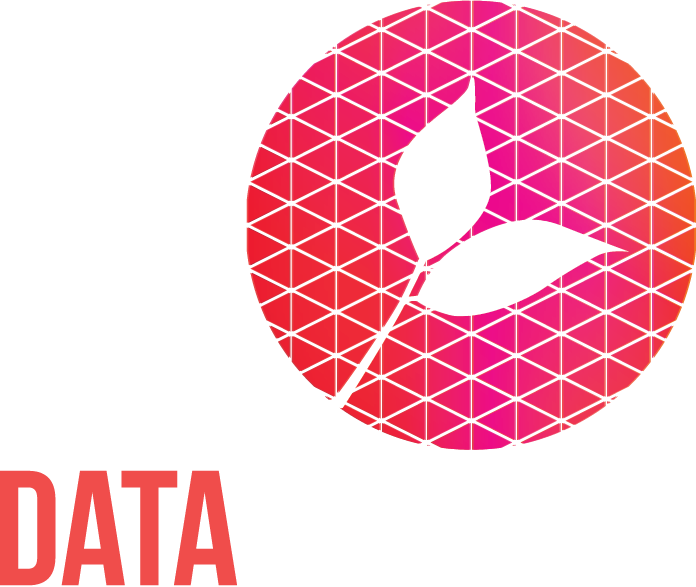The big annual data challenge every leader loves and dreads
Sian Basker, Co-Chief Executive
For many CEOs autumn is a time to reflect on the past and look ahead. It’s AGM season where the reports on the previous year’s activity are shared and people talk about what the future holds.
Behind the scenes there will have been much squirreling to gather data for the occasion… and whilst bringing all that data together can present quite a challenge it can also be a great joy.
In many smaller not-for-profit organisations responsibility for writing the annual report falls to the CEO. In larger organisations it may be drafted by the comms team, finance, or opps leads for the CEO to sign off.
Typically, many staff will be mobilised in a mighty ‘data-harvest’ to gather the information needed. This can take months to collate and make sense of, not least because the financial accounts take a while to shake down (when the money came in, went out, who gave what for what, who’s still owed and what the balance sheet looks like in the end).
However, getting a strategic view of data is not just about finance and fundraising. Reporting to regulators will typically involve gathering up and presenting data about your beneficiaries, your services, your reach and engagement, maybe your campaigning and influencing, as well as your staff and volunteers. Then there’s the (sometimes) more challenging feedback data and (definitely) more challenging realm of outcomes and impact data.
Love and Joy
As a CEO responsible for writing my organisation’s annual report I find it incredibly rewarding. I get a sense of tremendous pride when I reflect on all the hard work, success and achievements of our team. And I relish the opportunity to share my appreciation and gratitude at our AGM with the many people who contribute their skills and time to delivering our work. Sometimes when I’ve gathered it all up I find myself genuinely amazed, and in those moments it feels like all our work is worthwhile and it inspires me to continue our mission.
Pain and Frustration
As you’d expect of an organisation championing data, we DO have pretty good data ourselves. We have clever tools that bring it together, various dashboards and automated ways of conducting some the analysis. BUT… we still have quality issues and cleaning to do, and the data doesn’t write the narrative or tell the stories that bring our work to life and enable us to communicate it in compelling ways.
The Bigger Challenge
The problem with the annual report is it’s primarily about the past. Reflecting on the last financial year when you’re already six months into the next feels like ancient history. I always struggle with that last page that says ‘what next’ – when we’re literally half way through doing it.
One of the greatest responsibilities of a leader is to steer a clear path to the future. However creating a strategic business plan requires a leader to ask even more challenging questions and need even more data.
It helps of course to have longer-term trend data and current real-time data about what’s going on in your own organisation at your fingertips. However, the broader and constantly changing context of the problems your organisation seeks to address, the impact you’re seeking to have, the other competitors/collaborators in your field mean a leaders data landscape stretches far and wide.
Asking good questions has never been more important. Especially when those questions are about challenging assumptions, questioning what difference your organisation makes, and managing risks.
Listening, Learning, and Improving
As an improvement focused organisation we continuously look to see how we can be more effective and more efficient. Over the years the content and quality of our annual report has got richer and deeper. Each time we conduct our annual review we reflect on what went well, where we could do better, and what our clients tell us we could improve on.
From a data perspective we make changes to some of the ways we collect and present the data so it’s easier to do the next time around. And sometimes we push ourselves to explore new aspects. For example, this year for the first time we evaluated how we demonstrated and lived our values. We were also able to take a longer-term look at the post-service trajectories of some of our clients and see the impacts of our influencing work on governments.
Meanwhile decisions need to be made about what (and how much) to publish for different audiences internally and externally. There may well be sensitive information (commercially, politically, reputationally or personally) which needs to be shared, understood and learned from internally but is not appropriate for the public domain.
Calling all CEOs
Having talked to many other CEOs in the not-for-profit sector I know data can bring both joy and pain. We’re running a special event on 16th November where there will be inspiring (and possibly painful) stories about how CEOs have led their organisations to get better with data.
If you’re a CEO of a not-for-profit organisation do join us online between 11am to 12.30pm on Wednesday 16 November to be part of the conversation.


